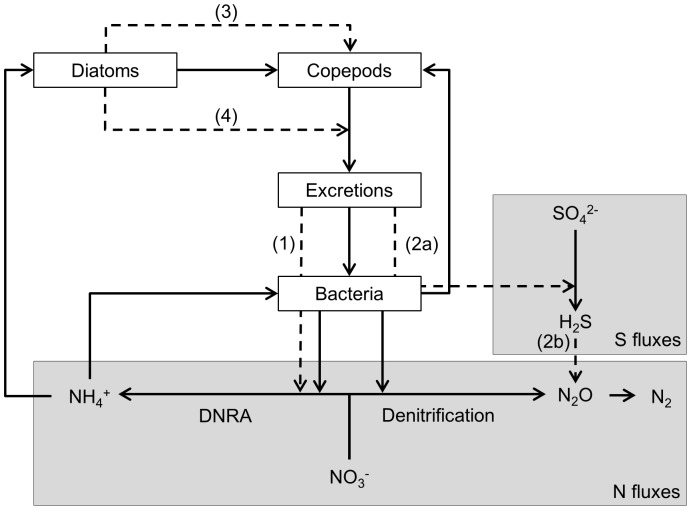Figure 2. Summary of the assumed interactions to explain the observed differences in N2O production rates.
The assumed interactions which affect denitrification are indicated with dashed arrows. Bacteria mediated relevant reduction reactions of the nitrogen pathway and sulfur pathway are enclosed by grey boxes indicated with respectively ‘N fluxes’ and ‘S fluxes’. Copepods feed on both diatoms and bacteria, and produce excretion producs (excretions). Bacteria feed on the excretion produces and are also responsible for the reduction of SO4 2- to H2S and of NO3 - to NH4 + (DNRA) and N2O+N2 (denitrification) in the microcosm. The produced NH4 + is assimilated by both bacteria and diatoms. Copepods affect the N2O production rate by producing excretion products which provide an extra carbon source, of which mainly the DNRA bacteria can take advantage (1) and also enhances SO4 2- reduction (2a), which results in more H2S. The increased H2S inhibits denitrification (2b). Diatoms have no direct effect on the N2O production rate, but do have an indirect effect by enhancing the survival of the copepods (3) and influencing the quantity and composition of the copepods' excretion products (4).

